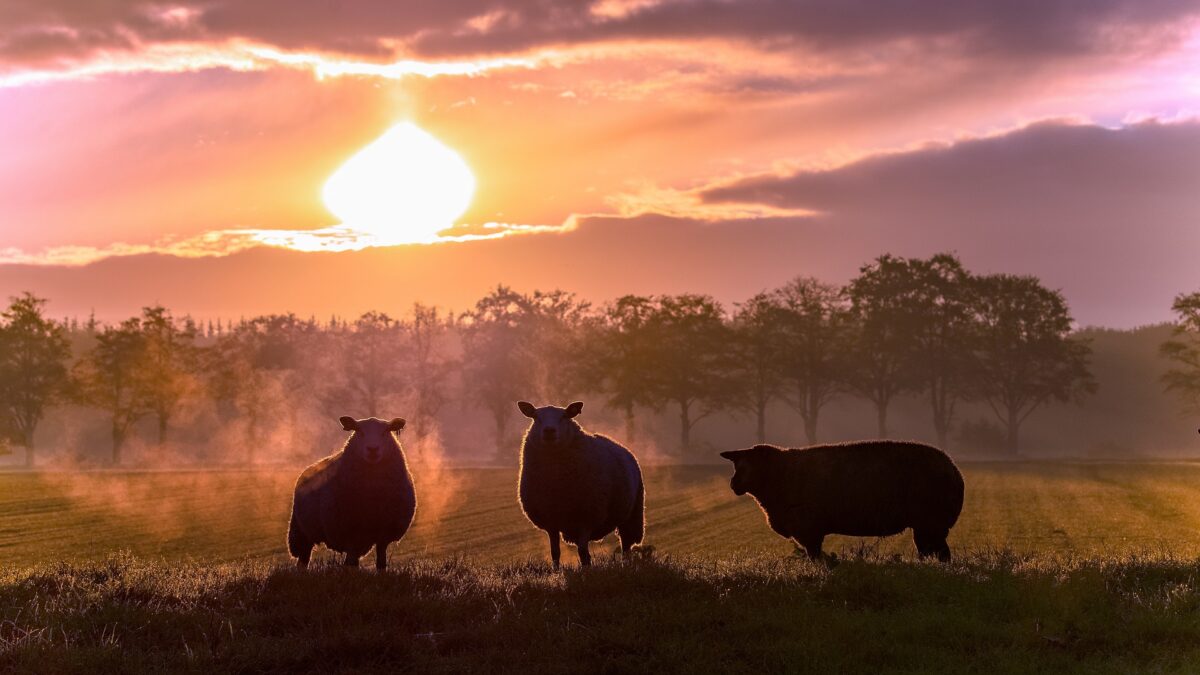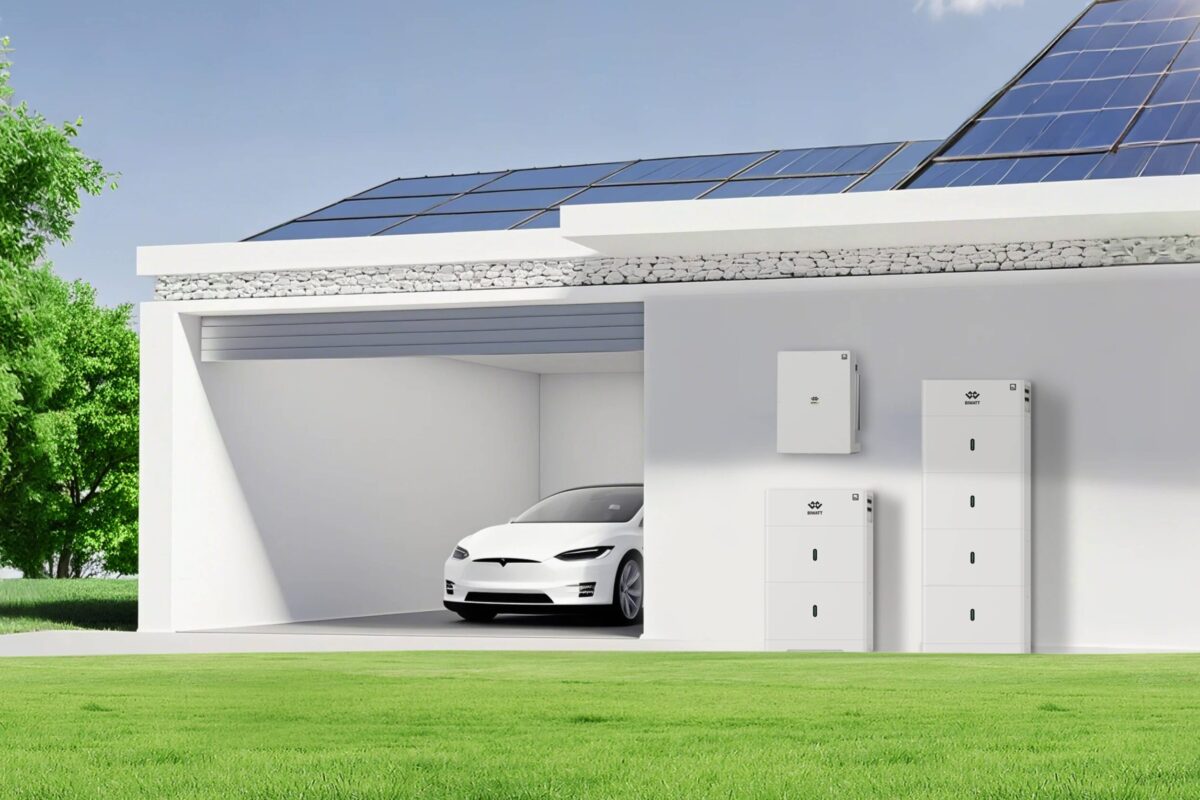From pv magazine France
French wind and solar energy company Valeco has published its first results from an agrivoltaic project combining solar generation with fodder production launched at the end of 2021.
The project is located in the French department of Saône-et-Loire and is being developed in partnership with local farmer Pôle ovin de Charolles, the Agricultural High School of Charolles (Eplefpa), and the Chamber of Agriculture of Saône-et-Loire. Its aim is to investigate how the presence of solar panels affects the quantity and quality of fodder growth and how sheep behave in an agrivoltaic environment.
The facility was divided into three units: an area hosting solar panels with module rows at a distance of 2.5 m, a second area with solar modules at a distance of 4 m between the rows, and a reference area without PV panels.
According to Valeco, the first year of testing has revealed that the shade provided by the solar panels makes it possible to protect the meadow from extreme climatic conditions. “The presence of the panels tends to smooth the annual curve of grass growth,” explained Michaël Floquet, director of operations at Eplefpa.
As expected, the trial showed that fodder growth under the panels slows in the spring. “But there is no lack of grass during this period on all the other plots and this is often under-exploited by the breeder,” Floquet said noting that, by contrast, there is more grass in winter and summer with food quality maintained longer.
Valeco found that the grass forms little or no ears under the panels, which makes it more digestible for the animals and allows it to maintain good nutritional quality for longer. What is more, autumn growth was unaffected by the panels, and between the rows the grass is of better quality than that growing in the control area without panels because it receives more direct light.
The trial showed no negative impact on sheep grazing either. On the contrary, sheep take advantage of the protection of the panels to rest, especially in summer when they seek shelter from heat or rain.
“The shade provided by the panels is definitely an asset to relieve the animals when the sunshine and the heat are too strong,” said Chamber of Agriculture of Saône et Loire Technical Manager Laurent Solas. “We can also identify improvements, in particular for a better distribution of rainfall under the panels. Testing is very relevant to adjust the configuration and create the best conditions for a perfect coexistence between the production of electricity and farming.”
Valeco is planning to build more agrivoltaic facilities with this configuration to test its validity on different crops and farms.
This content is protected by copyright and may not be reused. If you want to cooperate with us and would like to reuse some of our content, please contact: editors@pv-magazine.com.




By submitting this form you agree to pv magazine using your data for the purposes of publishing your comment.
Your personal data will only be disclosed or otherwise transmitted to third parties for the purposes of spam filtering or if this is necessary for technical maintenance of the website. Any other transfer to third parties will not take place unless this is justified on the basis of applicable data protection regulations or if pv magazine is legally obliged to do so.
You may revoke this consent at any time with effect for the future, in which case your personal data will be deleted immediately. Otherwise, your data will be deleted if pv magazine has processed your request or the purpose of data storage is fulfilled.
Further information on data privacy can be found in our Data Protection Policy.